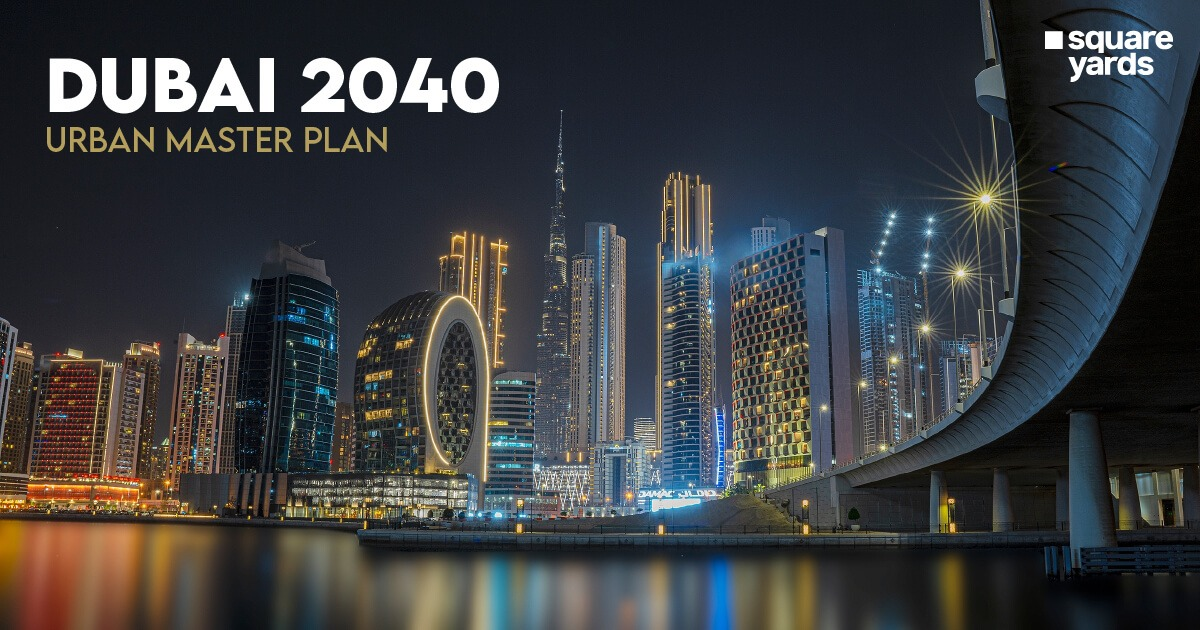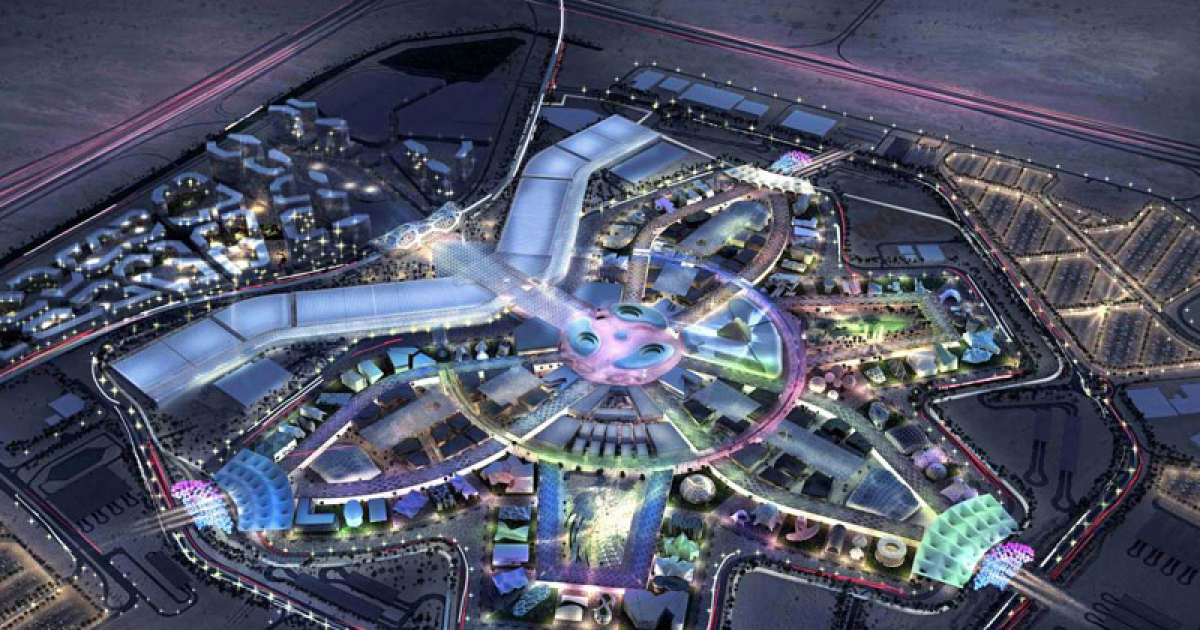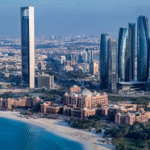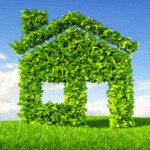Now Reading: Green Dubai’s 2040 Vision: The Future of Green Cities Is Here!
-
01
Green Dubai’s 2040 Vision: The Future of Green Cities Is Here!
Green Dubai’s 2040 Vision: The Future of Green Cities Is Here!

Table of Contents
Dubai, one of the world’s fastest-growing cities, is stepping confidently into the future with its bold and transformative Dubai 2040 Urban Master Plan. Launched by Sheikh Mohammed bin Rashid Al Maktoum, Vice President and Prime Minister of the UAE and Ruler of Dubai, this ambitious plan promises to reshape the city’s landscape into one that is greener, smarter, and more sustainable for its residents and future generations.
What is the Dubai 2040 Urban Master Plan?
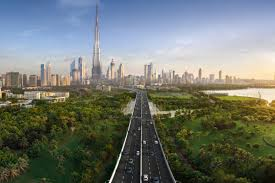
The Dubai 2040 Urban Master Plan is a roadmap designed to guide the emirate’s development over the next two decades. The core idea of the plan is to make Dubai the best city in the world to live in, blending modern living with sustainable practices. Covering everything from infrastructure to environmental protection, housing, transport, and green spaces, the plan will improve the quality of life for residents while attracting investors, tourists, and talent from across the globe.
Under this plan, Dubai aims to increase its population from 3.3 million today to 5.8 million by 2040. Yet, this growth will not come at the cost of the environment or public well-being. Instead, the city wants to lead the world in creating eco-friendly urban spaces that balance economic progress with environmental responsibility.
Key Features of Dubai’s 2040 Vision
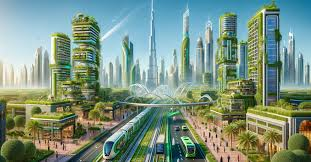
1. Greener Spaces and Better Living
One of the most exciting features of the Dubai 2040 Vision is the focus on greenery. The plan aims to double the size of green and recreational spaces across the city. This includes the creation of more public parks, nature reserves, and community gardens, ensuring that every resident is within walking distance of nature.
Lush green corridors will connect various neighborhoods, allowing people to cycle, jog, or simply enjoy the outdoors without relying on cars. This emphasis on walkability will promote a healthier lifestyle while reducing pollution.
2. Smart, Sustainable Transport
Dubai 2040 envisions a city where public transport is the preferred choice for most residents. The Metro, trams, buses, and marine transport systems will be expanded and upgraded to serve 55% of the population by 2040.
Fewer cars on the road will mean lower carbon emissions, contributing to a cleaner environment. Electric and autonomous vehicles will also play a central role in this transformation. Roads, parking lots, and transport hubs will be designed to accommodate these new modes of travel.
3. Sustainable Housing and Mixed-Use Communities
The plan also prioritizes the development of affordable, high-quality housing integrated into mixed-use communities. Rather than spreading outward into the desert, Dubai will focus on making its urban core denser, more vibrant, and more livable. This approach will reduce the strain on resources while creating compact neighborhoods where work, shopping, leisure, and homes are all within easy reach.
These “15-minute cities” will allow residents to access everything they need—offices, schools, parks, and entertainment—within 15 minutes of walking or cycling, reducing reliance on cars and improving the overall quality of life.
4. Preserving Natural and Cultural Heritage
Dubai’s 2040 Vision is not just about the future; it also respects the past. The plan includes the protection of heritage sites, historical districts, and important cultural landmarks. Areas like Al Fahidi and Deira will be preserved and rejuvenated, offering both residents and tourists a rich, authentic experience.
In addition, marine reserves and desert conservation zones will be protected from overdevelopment. This means Dubai’s famous beaches, dunes, and nature spots will remain safe and accessible for all to enjoy.
5. A Global Hub for Innovation and Investment
Dubai is also setting itself up as a magnet for global talent, technology, and investment. New economic districts focused on education, health, digital technology, and creative industries will be created. This diversification will ensure Dubai’s economy remains strong and flexible in the face of global changes.
Eco-friendly industries such as renewable energy, green construction, and sustainable agriculture will be encouraged, making Dubai a center for the green economy of the future.
Why Dubai’s 2040 Vision Matters to the World
Dubai’s 2040 Urban Master Plan is not only important for the city itself but also offers a model for other fast-growing urban centers around the world. Cities across Asia, Africa, and the Middle East are struggling to cope with rapid population growth, pollution, and housing shortages. Dubai’s approach shows that it is possible to grow economically while protecting the environment and improving life for residents.
By focusing on sustainability, technology, and livability, Dubai is proving that green growth is achievable—even in a desert environment where water and energy are limited resources.
Challenges Ahead
Of course, there are challenges. Implementing such a vast plan requires major investments, technological upgrades, and a shift in public behavior. Encouraging people to move away from private cars and adopt public transport or cycling will take time. Managing population growth while preserving green areas and cultural sites also demands careful planning.
But Dubai has a proven record of turning big dreams into reality—from the world’s tallest tower, the Burj Khalifa, to the Palm Jumeirah islands. With strong leadership, public-private partnerships, and smart policies, the 2040 Vision could become the city’s greatest success story yet.
Conclusion
Dubai’s 2040 Vision promises to redefine urban living in ways the world has never seen. It will turn Dubai into a place where sustainability and innovation meet luxury and convenience. Whether you are a resident, an investor, or a tourist, the city’s transformation will touch your life.
As the plan unfolds over the next 15 years, Dubai could become the blueprint for every city that wants to grow green, clean, and smart.
Read More:- Deyaar’s Latest Announcement Shakes Up the UAE Property Market



